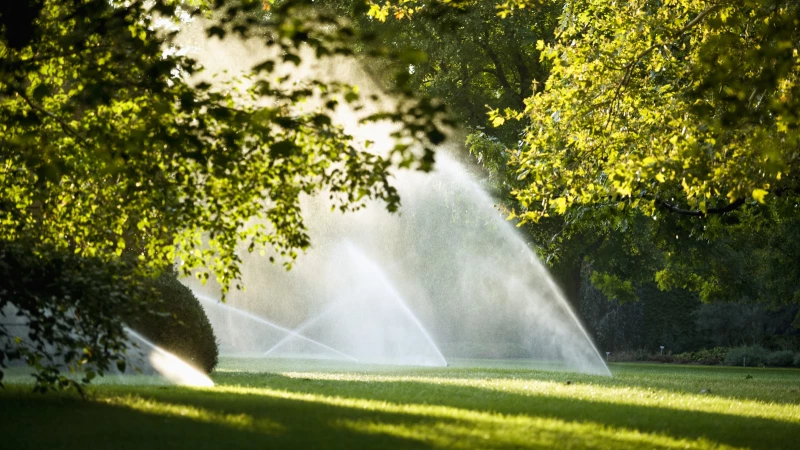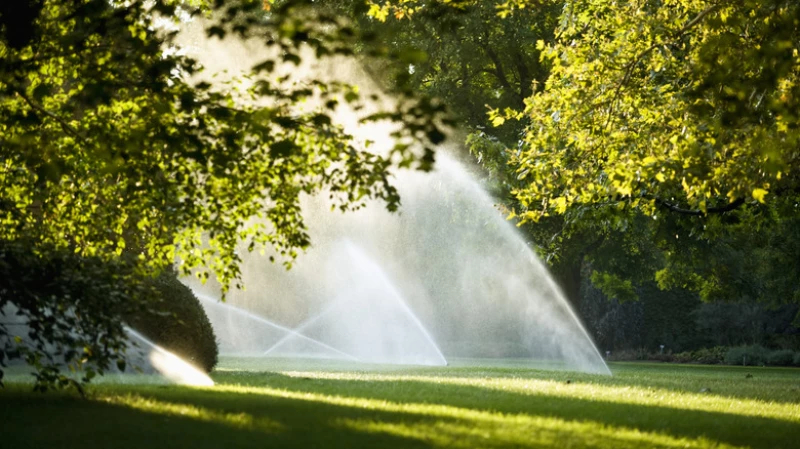If you've ever heard that you should give your lawn 1 to 2 inches of water per week, you might have wondered how on earth you'd measure the amount of water your sprinkler system puts out. There are a couple of ways to do it — most aren't very precise, but there are more involved methods that can get pretty close. We'll walk you through each, and you'll likely see that the less certain methods are plenty accurate for most lawns and home gardens.
Getting an Accurate Measurement for Your Sprinkler System
Estimating the output of your sprinkler system is often done using a rule of thumb, but this method can be inaccurate due to various factors. To get a more precise measurement, there are two basic methods you can use.
The first method involves directly measuring the output of each sprinkler head and adding them together. This can be time-consuming and tedious, especially for the average homeowner.
The second method is to use velocity-area methods that involve flow measurement, such as your home's water meter readings. By accurately measuring your property and calculating how long it takes to put an inch of water on it, you can determine the exact measurement for your sprinkler system.
When it comes to watering your lawn or garden, you may not need to be as precise as you think. While tracking water usage on a farm is important, at home it's a different story. Turfgrass has a way of indicating when it's not getting enough water, such as slow growth and a lack of springiness. Dry grass will hold footprints, while well-watered grass will bounce back quickly. So instead of getting caught up in calculations, simply observe your grass to determine how much water it needs.
If you're tending to a flower or vegetable garden, it's important to pay attention to how you water your plants. Overhead watering may not be the best approach, as it can be detrimental to your garden plants. Different plants have different water requirements, and consistency in watering is crucial for some plants, such as tomatoes. Unlike grass, you can't rely on visual cues like wilting to determine if your plants are getting enough water. One way to gauge moisture levels is to check the soil. If the soil is moist enough to form a ball in your hand but not too wet to create mud, then it is likely at an optimal moisture level. Using a soil moisture meter can make this process easier and more accurate than trying to estimate the precipitation rate of your sprinkler system.








